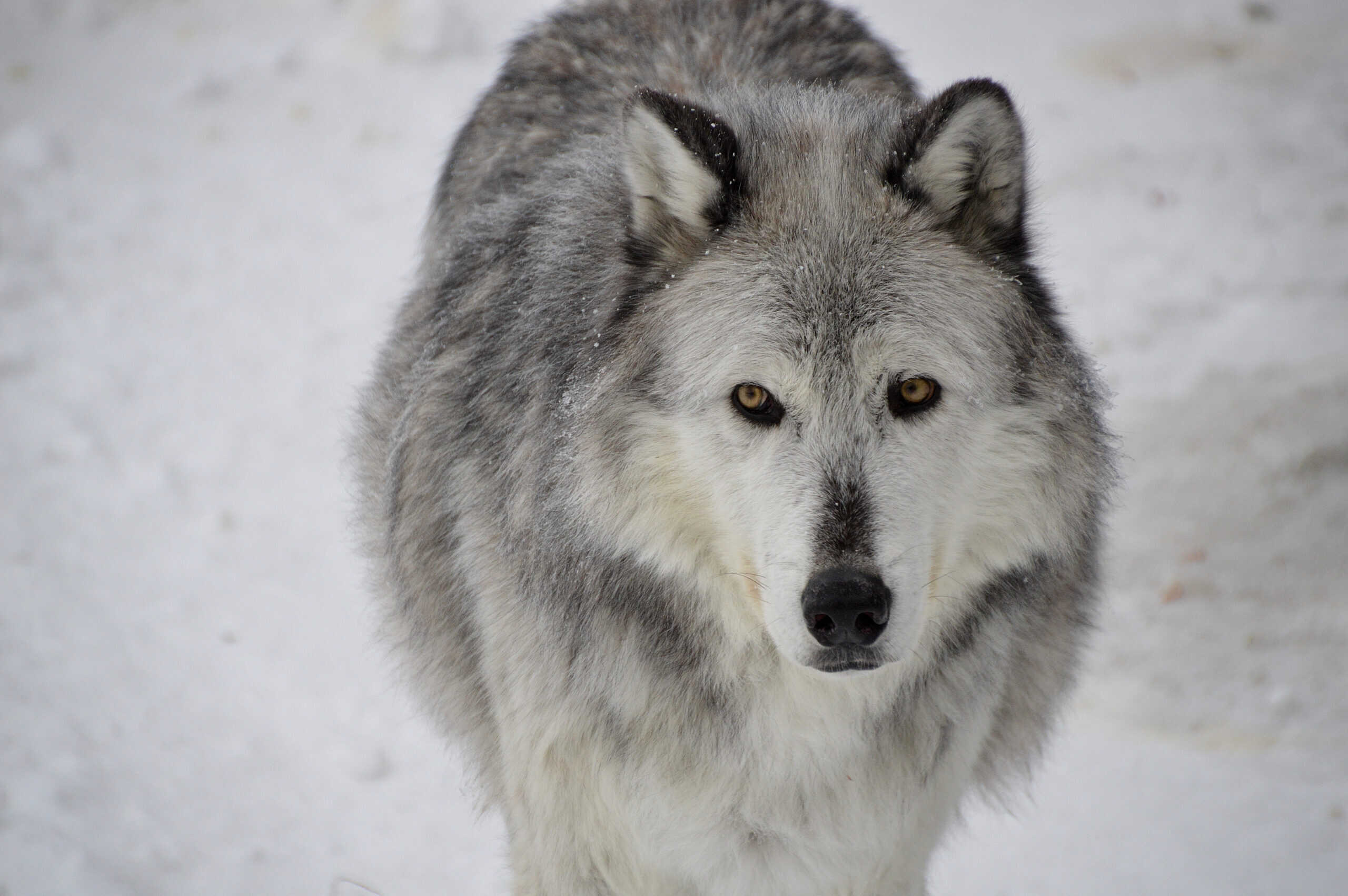Share this article
Martens: More than meets the eye
Katie Moriarty has been studying members of the weasel family for the past 20 years.
At a special U.S. Forest Service presentation this month, Moriarty, a research scientist at the Forest Service’s Pacific Northwest Research Station, discussed her latest findings on Pacific martens (Martes caurina) in Oregon, Washington and California. The small carnivores are turning out to be a good indicator species for forest management.
“Although martens are not necessarily listed, it’s important to do better research for this suite of species,” Moriarty said. “In my opinion, we should be proactive and have tools and technology to react to certain stressors as opposed to being caught unaware.”
But other species in the weasel family are listed, Moriarty said. Wolverines are listed as threatened or endangered in California, Oregon and Washington, and fishers are listed as critical in those states.
Among many different research projects Moriarty has led and been a part of, she was the first to put GPS collars on the Pacific marten. “[Martens] are smaller than a kitten — about the size of a gray squirrel,” she said, adding that they walk an equivalent of a human walking 20 miles a day. Because of their size and energy, it was difficult to fit the animals with GPS collars. As a result, Moriarty spent time with engineers creating collars to make sure they would fit and work properly.
Tracking martens is important, according to Moriarty, especially since if a small fraction of forest cover is removed, the entire population can disappear. “One thing we really focused on was distribution,” Moriarty said. In six different field sites using the same protocol, Moriarty completed radiotelemetry studies and also set up 200 camera trap stations in the past year. She and her colleagues collected a million and a half photographs, she said.
In another case study, Moriarty used GPS collars to record movement data. She and her team left beaver carcasses as bait, which she said is “like caviar for martens,” and studied three different patches of landscape. In forest openings, Moriarty found that martens repeatedly sprinted and stopped when approaching the bait. This data is important to inform management decisions regarding martens’ habitat connectivity, she said.
Another case study involved determining where martens were located on the Oregon coast. “In three months, we had 60 stakeholders and funders [for this project],” Moriarty said. “We had never seen a project launched at this scale.” Moriarty surprisingly found martens in coastal dunes. “We confirmed [martens] were using these areas,” she said. “Martens were resting under driftwood on the beach and on area shrub cover and were traveling in these areas. We never expected this.”
Moriarty plans to continue and expand her work on martens and hopes to find fundamental mechanisms that affect the species and to determine some commonalities between populations.
“They have so much personality and excitement,” she said. “Martens are more than what meets the eye.”
The U.S. Forest Service is a Premier Partner of TWS.
Header Image: Pacific martens were surprisingly found in the Oregon coastal dunes. ©Vyn Raskopf








